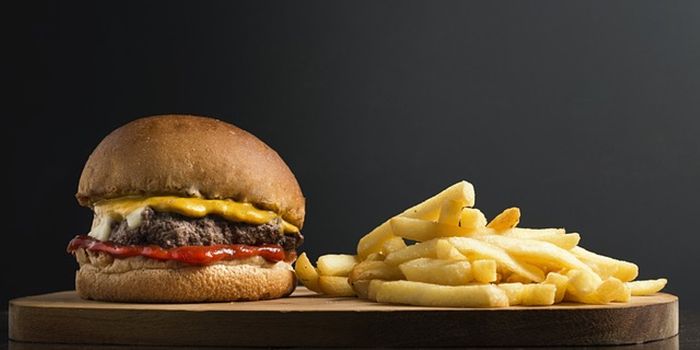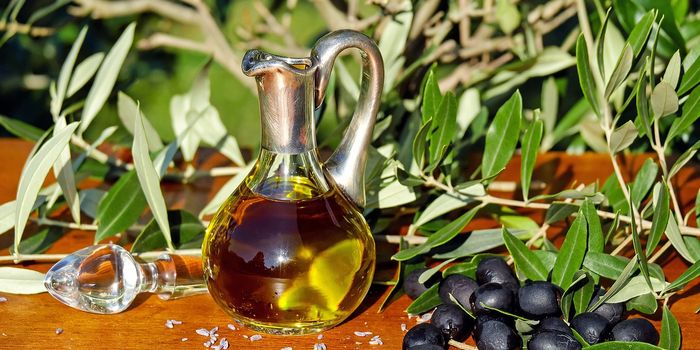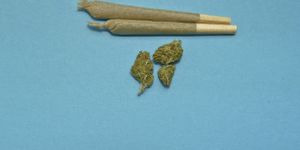Ginkgo Biloba May Improve Cognition After Stroke
New research that will be presented at the American Stroke Association's International Stroke Conference 2024 has shown that patients who are treated with the biologically active components of Ginkgo Biloba after a stroke exhibit better cognitive recovery at two weeks and 90 days after their stroke.
The study included over 3,100 ischemic (clot-caused) stroke survivors in China. Half of the participants were randomly selected to receive intravenous injections of 25 mg of ginkgo diterpene lactone meglumine (GDLM), which includes the biologically active components of ginkgo biloba, every day for 14 days starting within 48 hours of having a stroke. The other half of the participants received daily placebo injections starting within 48 hours. The cognitive impairment of all participants was assessed before treatment, at 14 days, and at 90 days.
The results showed that most patients were moderately cognitively impaired before beginning treatment, with an average score of 17 on a 30-point test of cognitive impairment. At 14 days, those treated with GDLM showed higher cognition scores than those treated with placebo, with improvements of 3.93 and 3.62 points on average, respectively. At 90 days, the difference in improvements was even greater, with an average of 5.51 points of improvement for those treated with GDLM vs. an average of 5.04 points for those treated with placebo.
The authors noted that these results, if confirmed in other trials, may lead to the regular use of ginkgo biloba to improve cognitive recovery after strokes. Ginkgo biloba, which is extracted from ginkgo trees native to East Asia, has been used in traditional Chinese medicine for centuries but has not been approved by the U.S. Food and Drug Administration for medicinal use. The effects of ginkgo biloba may be caused by multiple mechanisms, including expanding blood vessels in the brain, increasing blood flow in the brain, and improving the tolerance of brain cells to a lack of oxygen. Ginkgo biloba also has anti-inflammatory and anti-oxidative properties.
Sources: Science Daily








